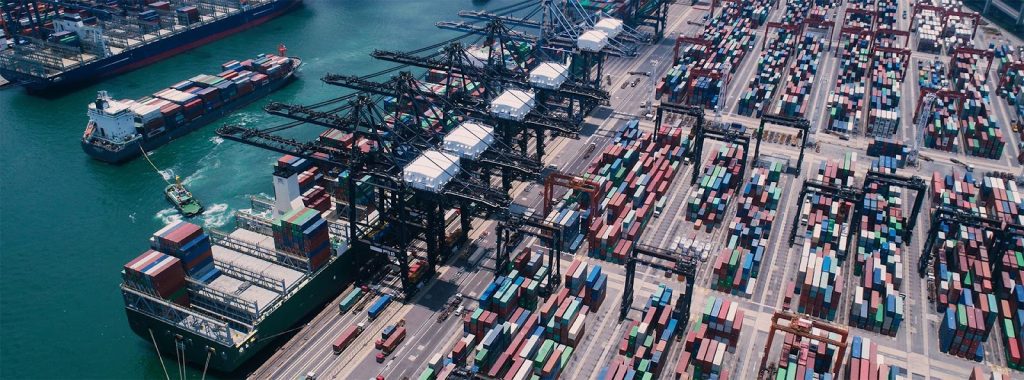Navigating the complexities of importing goods can be challenging for businesses of all sizes. Among the myriad of import regulations, Section 321 of the Trade Facilitation and Trade Enforcement Act of 2015 stands out for its potential to simplify and reduce the costs of small-value shipments. However, how does it compare to traditional import methods? Let’s dive into the pros and cons of Section 321 versus traditional import practices to help you determine which approach best suits your business needs.
A. Understanding Section 321
Section 321 allows for the duty-free importation of goods valued at $800 or less per day. This regulation aims to streamline the process for low-value shipments, making it a popular choice for e-commerce businesses and small importers.
Pros of Section 321
1. Cost Savings
One of the most significant advantages of Section 321 is the potential for cost savings. Since goods valued at $800 or less are exempt from duties, businesses can save a considerable amount on smaller shipments.
“By leveraging Section 321, we were able to reduce our import costs significantly,” says Jane Doe, CEO of a small e-commerce firm.
2. Simplified Documentation
The documentation requirements under Section 321 are less stringent compared to traditional import methods. This simplification can lead to faster processing times and fewer administrative headaches.
3. Faster Clearance
With fewer documentation requirements and lower risk for customs scrutiny, goods imported under Section 321 often clear customs more quickly, reducing delays.
Cons of Section 321
1. Value Limitations
The $800 value limit per shipment per day can be restrictive for businesses dealing with higher-value goods. Companies must carefully manage shipment values to stay within the threshold.
2. Daily Limits
Importers must be mindful of the daily value limit. Multiple shipments arriving on the same day that collectively exceed $800 do not qualify for duty-free status under Section 321.
“Coordinating shipments to stay within the daily limit can be challenging,” explains Robert Brown, a supply chain analyst.
3. Restrictions and Prohibitions
Certain products, like alcohol, tobacco, and items requiring special permits, are not eligible for import under Section 321, necessitating traditional import methods for such goods.
B. Traditional Import Methods
Traditional import methods involve more comprehensive customs processes, including paying duties and taxes on goods exceeding a certain value threshold. These methods are generally used for larger shipments and involve more rigorous documentation and compliance requirements


Pros of Traditional Import Methods
1. No Value Restrictions
Traditional import methods do not impose a value cap, allowing businesses to import high-value goods without having to break shipments into smaller parcels.
“For high-value items, traditional import methods offer more flexibility,” says Michael Green, a customs compliance officer.
2. Comprehensive Control
These methods provide more thorough oversight and control over the import process, ensuring compliance with all relevant regulations and standards.
3. Suitable for All Goods
Unlike Section 321, traditional import methods can be used for any type of product, including those subject to additional regulations and restrictions.
Cons of Traditional Import Methods
1. Higher Costs
Importing goods using traditional methods can be more expensive due to duties, taxes, and additional administrative costs.
2. Complex Documentation
The documentation requirements are more extensive, which can slow down the import process and increase the burden on administrative resources.
“The paperwork involved in traditional imports can be overwhelming,” admits Rachel Adams, a customs broker.
3. Longer Clearance Times
Due to the rigorous checks and documentation involved, traditional import methods can result in longer customs clearance times, potentially delaying delivery.
Conclusion
Choosing between Section 321 and traditional import methods depends largely on your business needs and the nature of the goods you import. Section 321 offers significant cost savings and simplicity for low-value shipments, while traditional import methods provide greater flexibility for high-value and regulated goods. By understanding the pros and cons of each approach, you can make informed decisions that optimize your import operations and align with your business goals.











